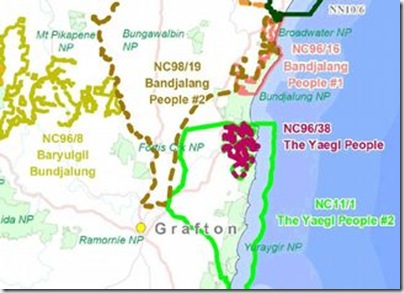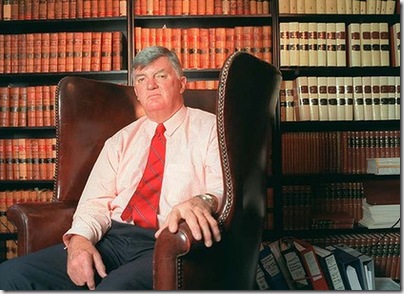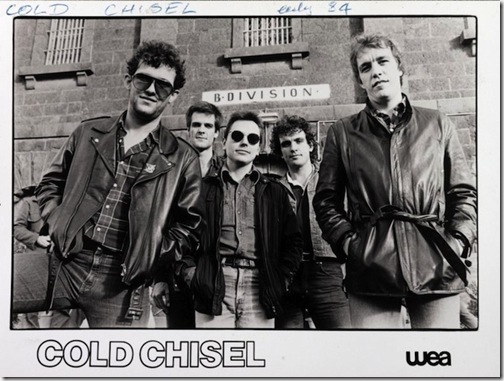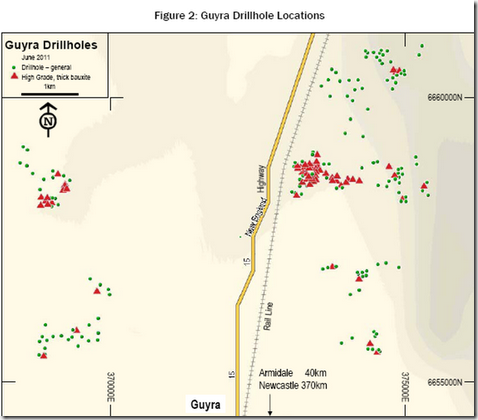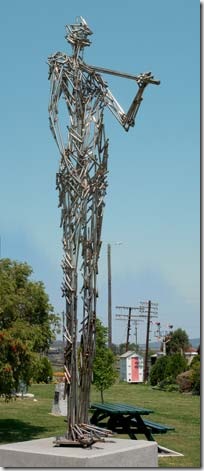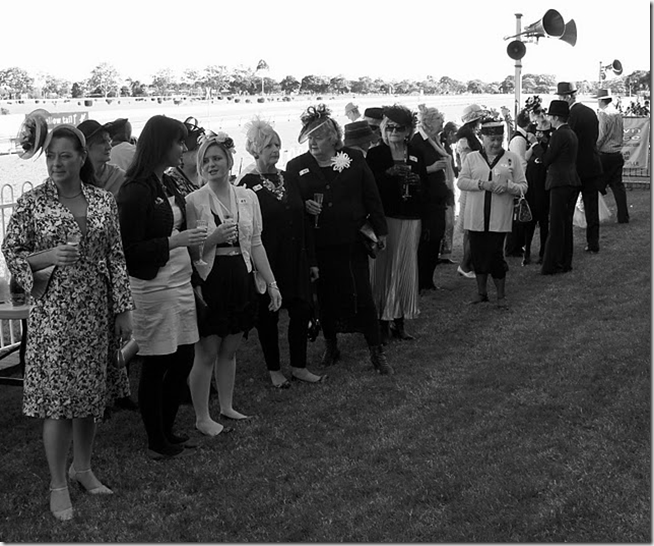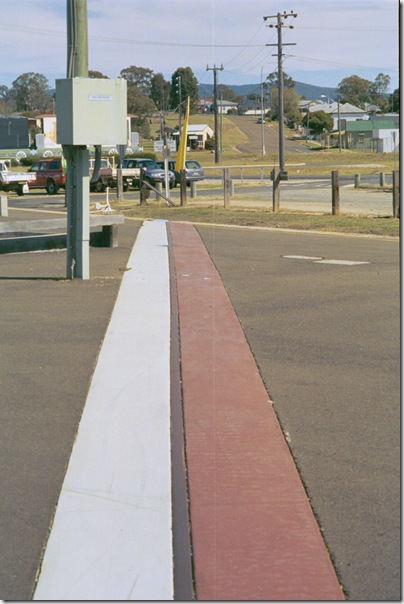Back at the end of June in reference to the proposed formation of a combined inland NSW tourism body, I said that my heart sank at the news. I went on:
Why did my heart sink? Well, in tourism terms there is no such thing as inland NSW, nor can there be because of distance and variety. It's just not brandable in any real sense. Worse, promotion of this as brand just increases the brand fragmentation that already plagues NSW tourism.
I have written a fair bit on these issues. Tomorrow I will pull some of that writing together in a consolidated exploration of the failures of NSW tourism branding, with a special focus on New England.
In a tweet on the first post, Denis Wright commented marketing 'inland NSW' is like advertising that food is available from Coles. I thought that that captured the issue quite well.
History of NSW tourism branding
NSW tourism branding has been a bit of a mess for some time.
At the top level, the problem that Governments have faced is that it is actually quite hard to advertise NSW as a tourism destination because of its size and diversity.
Queensland is a very large state. However, there the Government has used certain common messages (sun, sand, outdoors, adventure) to create a common brand. Individual areas are then promoted within that brand. Noticeably, there is no particular emphasis on Brisbane. Tourists come from all sorts of places to visit all sorts of places.
Smaller Victoria presents the state as a regional patchwork quilt. Melbourne is more dominant in advertising, but again the state unifies by focusing on certain life style elements that are generally common across regions. If you visit North Eastern Victoria, as an example, you can see this in the visitor mix and the shops and displays. This is a very different feel from Sydney or the North Coast.
NSW has struggled to develop any form of coherent approach. Despite many changes in branding over the last few decades, the Government keeps coming back to a dual branding approach, Sydney and then the rest. This makes it very hard for specific areas to piggy back off state tourism promotion.
When you drop below the state level, branding approaches are also confused and confusing. To illustrate this, take the New England or Northern Tablelands.
This was a well known area in the 1950s. The high name recognition was partially due to the scenery, partially to Armidale's prominence as an educational centre at a time when there were very few universities, partially to the fight for self-government which kept the New England name and the sense of Northern identity in the news.
By the 1990s when I was chair of Tourism Armidale, market research data showed that recognition of the name New England had largely collapsed. During the period we are talking about, local tourism activities were bedeviled by constant Government changes to tourism boundaries and brands.
This instability has continued. Nothing survives for long enough to allow the creation of a long term brand and marketing strategy.
Market dynamics: where are the people?
Two important issues in considering tourism marketing are where the people are might come from, and what will attract them to come. In considering this, I want to look especially at the broader New England, Northern NSW.
There is, I think, an implicit assumption that visitors and especially international visitors go first to Sydney, so the aim is to get them to go on. The reality is far more varied.
The Hunter Valley has established a market presence based especially around wine. I think that it draws the majority of its visitors from Sydney, which is not all that far away. Newcastle itself has not established a real tourism brand. Locals complain the city is constantly ignored in promotion in comparison to Sydney.
The growth of traffic through Newcastle airport has introduced a new equation in that Newcastle is potentially a rival airport to Sydney. Visitors can come to Newcastle by plane in direct flights from various parts of Australia. This provides the infrastructure for a specific Newcastle/Hunter branding structure. It also provides a potential focus for broader visitation to places further north.
Outside the Hunter, both Coffs Harbour and Byron Bay have established a national presence that draws a range of visitors. This actually has a distorting effect on inland patterns. As a simple example, Coffs has replaced Armidale as the entry point for the New England National Park. There is need for a two way visitor promotion pattern, to attract visitors further inland, but also to draw inland visitors to the coast. It remains true, I think, that inland New England is actually still the biggest source of visitors to many parts of the North Coast.
As we move north towards Queensland, Queensland influences and visitors become more important, if in a patchwork quilt way. The growth of the Granite Belt, the Queensland extension of the New England Tablelands, has an impact on Tenterfield, while visitors from SE Queensland are important especially in the Richmond-Tweed area.
One of the points that I tried to make as Chair of Tourism Armidale is that more people live within an eight hour car drive of Armidale than, say, Randwick in Sydney. Yet there is a problem, because the car drive is long enough to make weekend visits difficult; people have to be attracted for longer periods, and that requires a different visitor approach.
One final variable, and that is the highways. Quite a bit of tourism promotion is actually centred on getting people travelling the main Northern highways to stop at particular points. With the exception of the far west with its Adelaide/Melbourne/Brisbane, this approach does not make a great deal of sense.
Market dynamics: where are the attractions?
I accept that the picture I have painted on visitor sources is broad brush. However, I wanted to make the point that there is considerable variety in visitor sources that needs to be taken into account in planning and promotion. The conventional Sydney first then out does not make a great deal of sense.
Now looking at the type of things that might attract visitors, New England's problem is its sheer variety. It is just so rich in attractions and experiences. But who would know this?
Now this may seem an extreme statement, but if you just browse this blog you will get a feel.
Northern NSW, the broader New England, does not have its own brand. It does not exist. This forces visitor promotion into promotion of single points or of ways through, and that means north-south. There is presently no way of packaging and integrating experiences.
You will see this in existing guide books with their north-south focus centred especially on the Pacific Highway. You do get some other road specific focuses, Waterfall or Fossicker's Way, but this is very limited. You will also see this in the centre specific material dominated by local government areas or by ever changing tourism boundaries.
Tourism promotion has become something close to a zero sum game in which one centre tries to attract visitors at the expense of others. There is no recognition that if the totality of visitor numbers and spend is increased, then all can benefit.
Tourism and Lifestyle
Quite a few New England areas are actually not all that keen on attracting visitors. There is very little recognition that visitors and visitation can actually enhance total life style.
A new mall or shopping centre does not a life style make. A little we are important approach does not a life style make. Life style is all about the totality of experiences that together add to the enjoyment of life.
Let me put this as bluntly as I can.
The fragmentation of New England has got so bad that many current New England residents no longer know what is in their backyard. To those on the coast, the blue rim of the mountains is now a barrier, not an entry point to a new world. Others have no idea of the variety offered by Newcastle. Instead, they flee to Sydney.
Very few New Englanders have any idea of the variety in history, in art or literature or food that lies in their own backyard. I think that's a pity.
In promoting New England as I do, my actual starting point lies in the promotion of New England to New Englanders. If we don't know our own area. how can we sell it to others?
